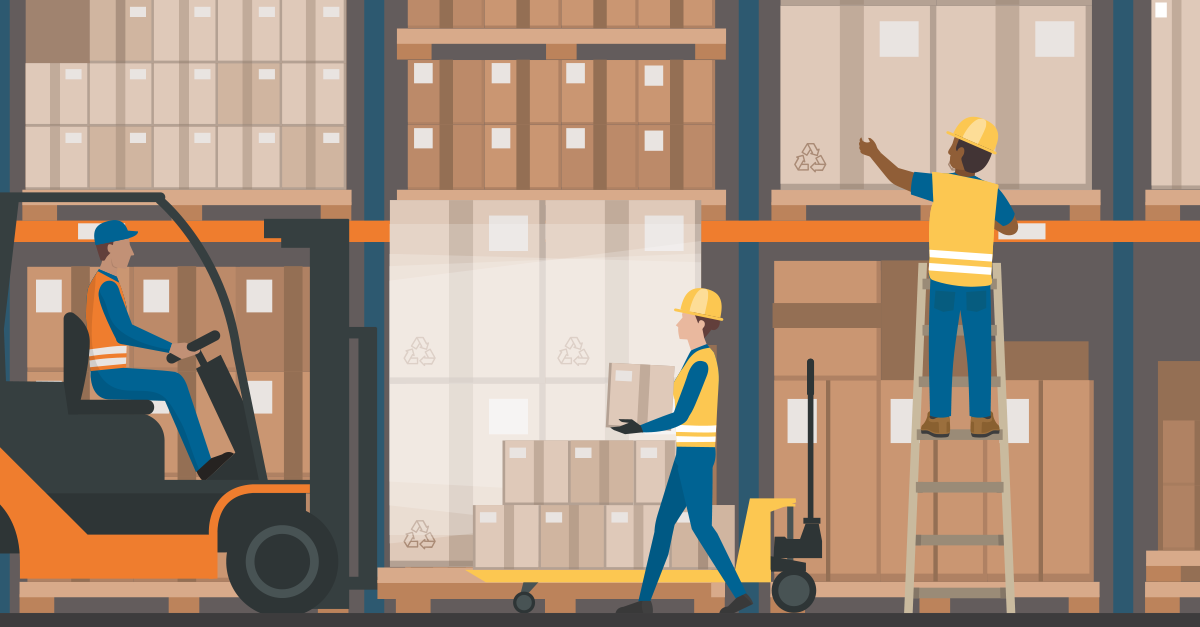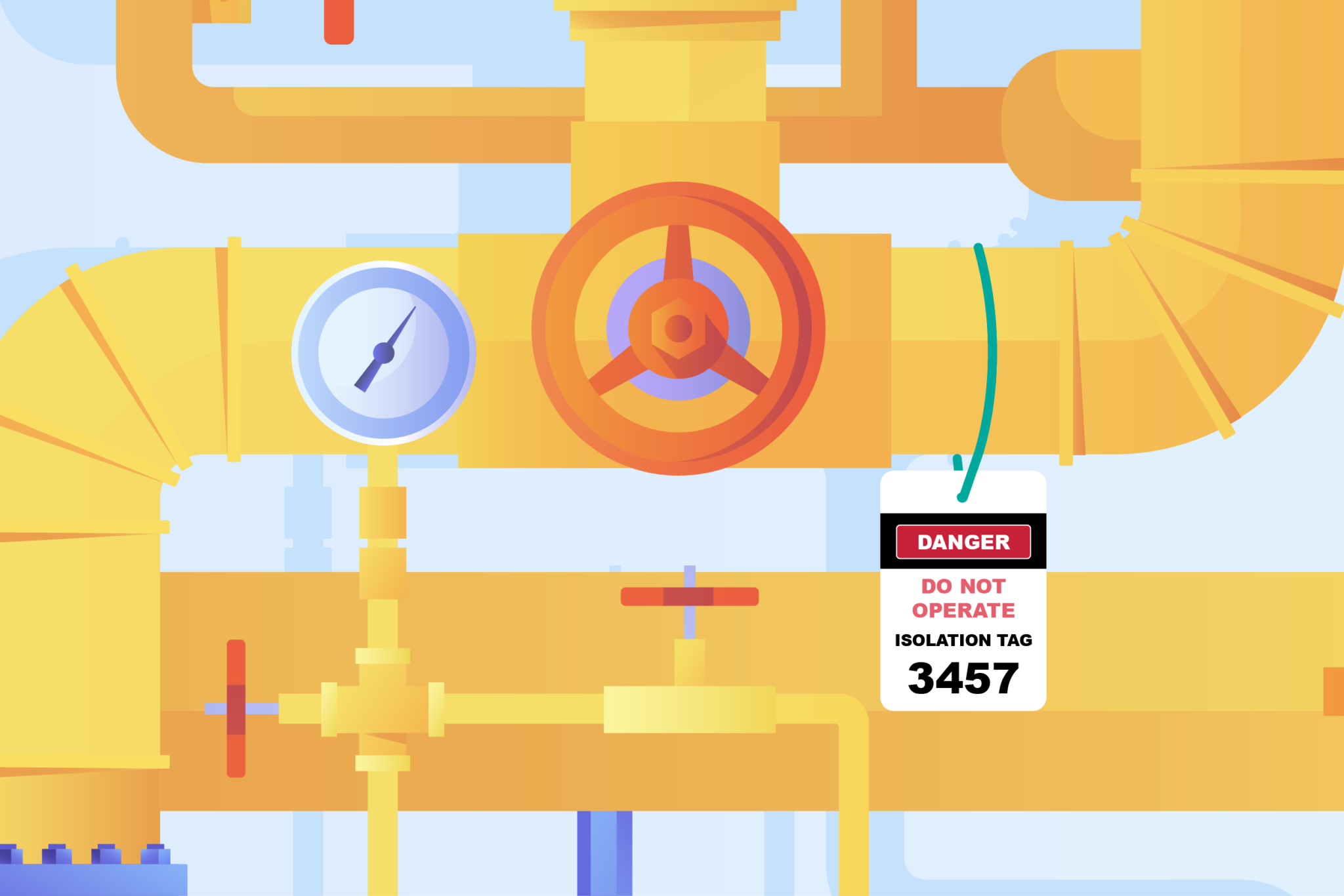Julia Guerra Slater
Julia Guerra Slater is the SEO and Content Marketing Strategist at Intelex, focusing on driving impactful digital strategies for the EHS sector. With a background in sustainability and tech governance, she integrates her passion for environmental stewardship and ethical work practices into her writing.












